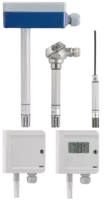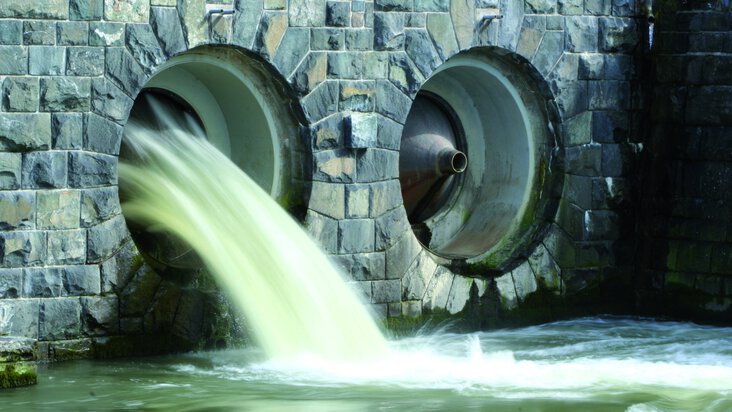
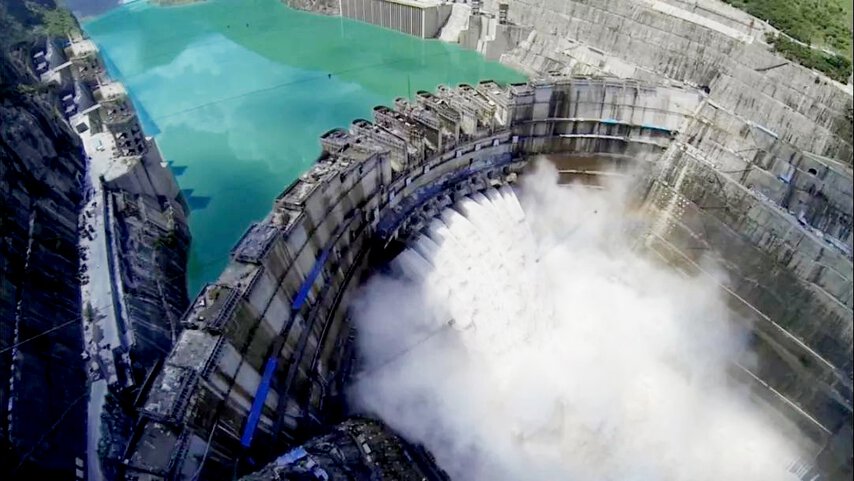
Electricity generation through natural energies
Dams have been built for thousands of years, serve as flood protection and, in conjunction with hydropower plants, make an important contribution to the generation of renewable energy. After all, hydro energy produces only minor CO2 emissions in contrast to fossil energy sources. The People's Republic of China is also relying on hydropower plants to meet the country's rising energy consumption in a climate-friendly manner. One of these is the Wudongde hydropower plant (WDD) on the lower reaches of the Jinsha River, which went into operation in June 2020.
Task
With an installed total output of 10.2 million kilowatts, Wudongde is considered the fourth largest hydropower plant in China and the seventh largest in the world. It consists of several units and has the largest single-unit capacity in the world. The plant is said to be capable of supplying energy to around 1.8 million Chinese households from a single unit. It is obvious that such a gigantic structure poses special technological demands, which JUMO has implemented together with an internationally established manufacturer of converter systems.
For example, the temperature of the oil hydraulics in the generators and turbines must be monitored and controlled to prevent machine damage, turbine failures, and electricity generation malfunctions. The applied temperature sensors must be suitable for pipes with oversized diameters, respond quickly to high-speed flows, and measure in a stable as well as reliable manner even when large vibrations occur. Just as important are excellent sealing properties and low maintenance requirements.
In addition, the air humidity and air temperature in the generator rooms must be controlled and corrected if necessary to prevent corrosion, electrical flashovers, and damage to electrical installations.
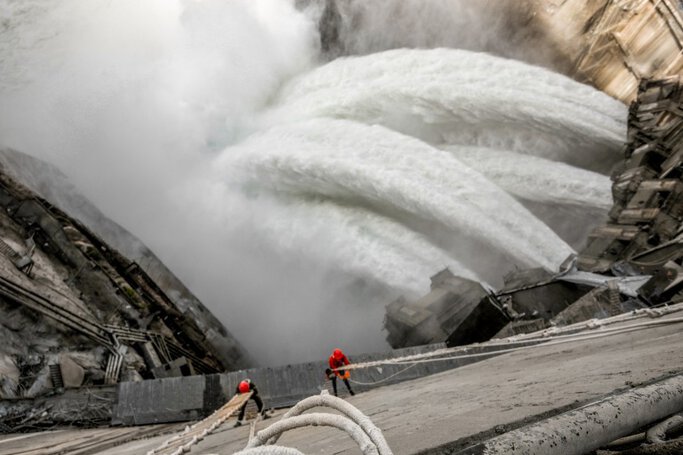
The Wudonge dam from above
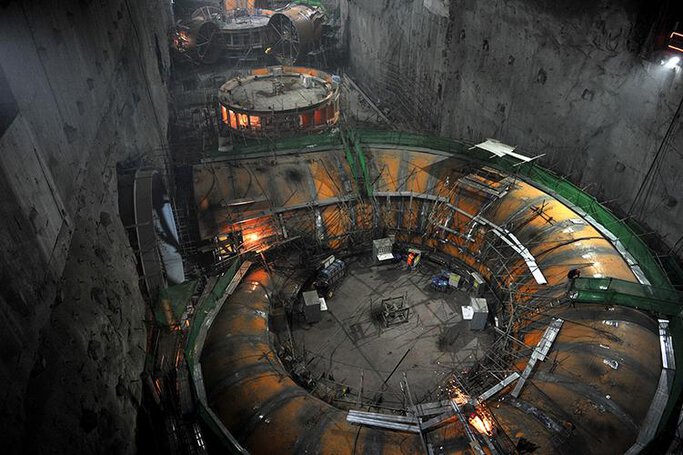
Oversized pipes inside the dam wall
Solution approach
JUMO's Chinese subsidiary was responsible for the technical implementation of these requirements. Several clever solutions were used that easily mastered even the most extreme conditions.
Fail-safe hygro transducer and hygrothermal transducers in the duct version determine the relative humidity and temperature at the turbine installation points. The humidity is acquired by a capacitive humidity element and converted into current (4 to 20 mA) or into voltage signals (0 to 10 V DC). A platinum temperature sensor according to DIN EN 60751, whose signal is also converted, is used to determine the temperature. The temperature of the turbine cooling water is recorded by screw-in resistance thermometers, which have reliable leak tightness even when underpressure or overpressure occur.
Push-in RTD temperature probes with SIL approval and metrological registration are used to control the temperature of an air cooler's intake air and exhaust air in the generators and generator rooms. These are available in several versions and with interchangeable measuring inserts.
This way, any malfunctions that occur can be detected at an early stage so that adequate countermeasures can be taken. These include shutting down parts of the plant or alerting technical personnel.

Screw-in RTD temperature probe from JUMO
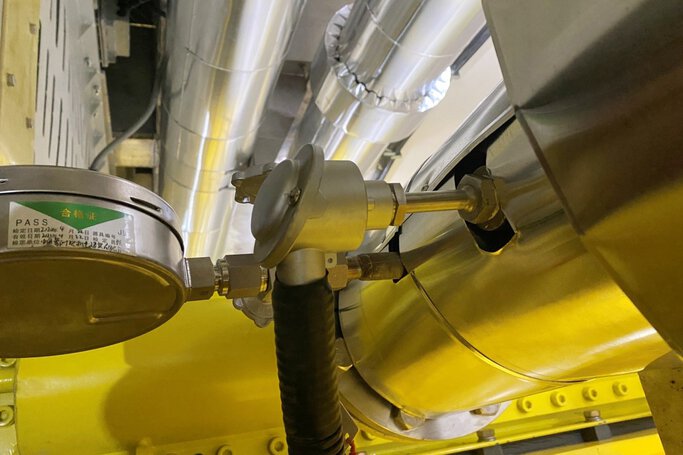
Temperature measuring points with B-head including robust stainless steel screw-in sleeve
Project outcome
Climatic change has made the switch to renewable energies more important than ever. The example of Wudongde shows that JUMO is making an important contribution to the energy transition and that it can implement large global projects through its subsidiaries as a result of its flexible and integrated measurement and automation solutions. Even particularly tricky challenges can be transformed into perfectly-fitting applications by the experienced engineers and JUMO Engineering − be it in China, South America, or India.
The hydropower plant itself is an important part of China's "West-East Power Transmission Project" which opens up the energy resources of China's west to the undersupplied east. This is expected to save around 12.2 million tons of coal per year and to drastically reduce emissions of carbon dioxide and sulfur dioxide.
- ${title}${badge}
